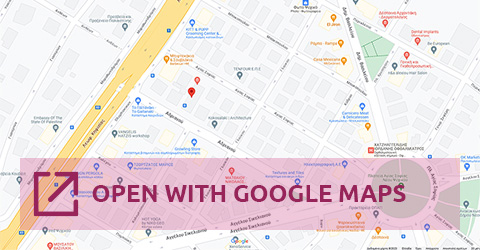PGS stands for pre-implantation genetic screening, and refers to testing for overall chromosomal normalcy of embryos, produced following IVF.
PGD, on the other hand, stands for pre-implantation genetic diagnosis and involves removing a cell from an IVF embryo, in order to test it for a specific genetic condition (thallasaemia or cystic fibrosis, for example) before transferring the embryo into the uterus.
There are 3 stages at which embryos can be biopsied:
- Polar body biopsy is performed at an early stage when the polar body of the egg is removed for testing.
- Biopsy at the cleavage stage is performed on day 3 of embryo development, when the embryo usually has 8 cells. One cell can then be removed from the embryo for genetic testing
- Trophectoderm biopsy. It is performed at the blastocyst stage (5th day of the embryo’s development)
Embryos, however can be damaged by the biopsy procedure, particularly on day 3 embryo biopsies.
PGS/PGD is usually indicated in:
- Female partner age of 38 or older
- Patients with 3 or more failed attempts
- Patients with more than 3 (recurrent) miscarriages
- Patients with a known genetic disorder or those who carry chromosomal translocations







